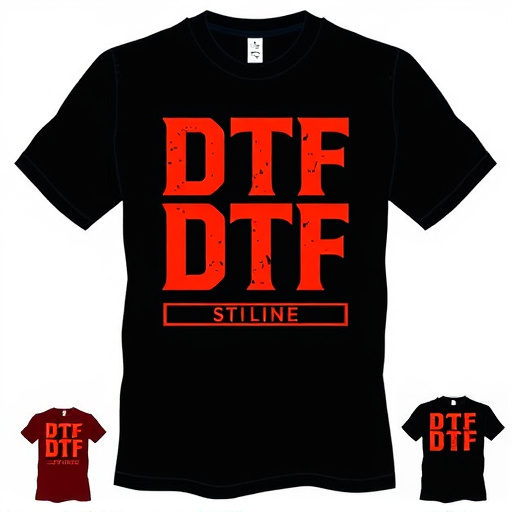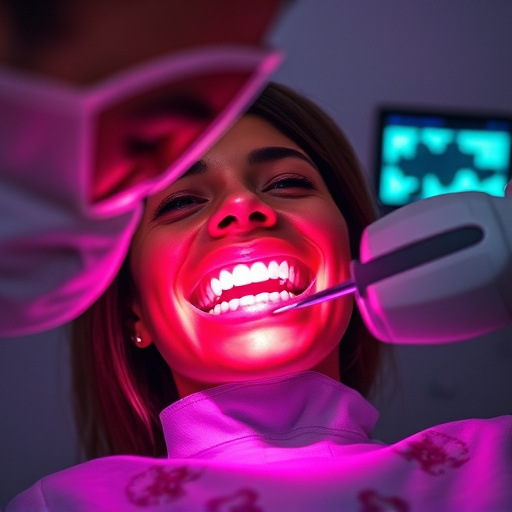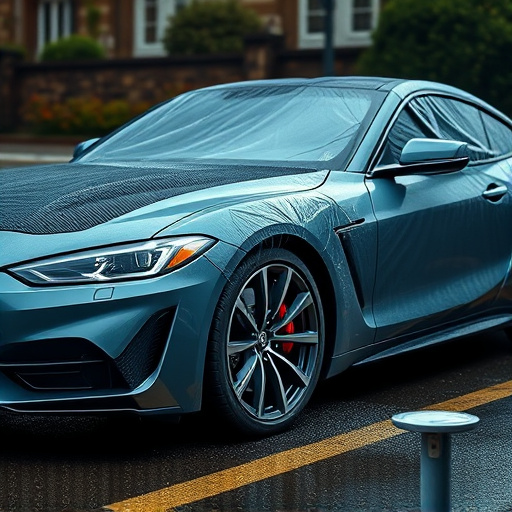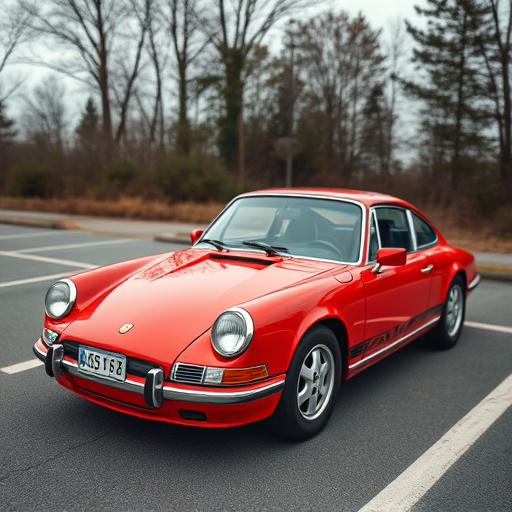Car window tinting offers practical benefits like privacy, UV protection, and heat rejection. Different films cater to specific needs from basic privacy to advanced durability. Prioritize light transmission, heat rejection, UV protection, visibility, privacy, and aesthetics when choosing a tint. Tailor your selection to desired darkness, functional requirements, and material quality for optimal results.
Considering car window tinting? It’s more than just style—it offers privacy, UV protection, and even energy efficiency. This guide breaks down everything you need to know about choosing the right film for your vehicle. We’ll explore different tint types, their purposes, and key factors like color and shade levels. Learn tips for selecting a film that meets your specific needs while enhancing your driving experience. Discover the best car window tinting options tailored just for you.
- Understanding Car Window Tinting Types and Purposes
- Factors to Consider When Choosing Film Colors and Levels
- Tips for Selecting the Best Film for Your Vehicle's Needs
Understanding Car Window Tinting Types and Purposes

Car window tinting is not just about aesthetics; it serves various practical purposes as well. There are different types of window tinting films available in the market, each designed for specific needs. For example, a basic tinting film reduces the glare from sunlight and adds a layer of privacy, while more advanced films offer protection against UV rays, heat, and even damage from debris.
Some high-tech options include protective coatings like paint protection film (PPF) that not only enhance the car’s appearance but also provide extra layers of defense against scratches, chips, and other forms of damage. A professional PPF installation can significantly improve the overall durability and value of your vehicle. Additionally, these advanced films can block harmful UV rays, keeping your car’s interior cool and reducing the need for excessive air conditioning, which can lead to fuel savings and improved vehicle performance.
Factors to Consider When Choosing Film Colors and Levels

When choosing the right film for your car window tinting needs, consider the color and level of tinting that best suits your preferences and vehicle requirements. Factors such as light transmission, heat rejection, and UV protection are crucial. Darker films reduce sunlight significantly but may block some visible light, affecting interior lighting. Lighter tints allow more light to pass through, enhancing visibility but offering less privacy and minimal heat reduction.
Additionally, think about the level of reflectivity you desire. Some films have a metallic or reflective finish that not only enhances aesthetics but also provides extra protection against prying eyes and reduces glare. Higher levels of reflectivity can also contribute to better vehicle protection by deflecting heat and UV rays, which is essential for maintaining a comfortable interior and preserving the vehicle’s protective coatings over time.
Tips for Selecting the Best Film for Your Vehicle's Needs

When selecting the best car window tinting film for your vehicle, consider its specific needs and preferences. Start by evaluating the level of darkness desired; different films offer varying degrees of opacity, from light tints to dark, reflective finishes. Next, think about the functional requirements. Some films provide exceptional UV protection, shielding both you and your interior from harmful rays. If aesthetics are a priority, custom graphics can add a unique touch while ensuring high-quality finishes that complement your car’s design.
Research the quality of materials used in the film to ensure durability and long-lasting performance. Look for products with strong adhesion, capable of resisting peeling or bubbling over time. Additionally, consider the environment in which your vehicle spends most of its time. If you live in a region with intense sunlight, opt for films designed to withstand high heat and reduce interior fading.
When selecting the ideal car window tinting film, consider your specific needs and preferences. By understanding different tint types, their effects, and key factors like light rejection and UV protection, you can make an informed choice. Use our guide to navigate the options, ensuring you choose a film that enhances your vehicle’s appearance and offers the desired level of privacy and comfort while adhering to legal requirements for safe driving.














